
Thirty years after bloody crackdown in China, visitors have IDs checked and journalists are warned against taking pictures
China has been marking 30 years since its deadly crackdown on student demonstrators in Beijing with silence and extra security measures.
The government has worked to suppress discussion of one of the darkest chapters in its history, when Beijing deployed tanks and troops to put down a countrywide movement calling for democratic reforms.
On Tuesday, security forces were deployed throughout Tiananmen Square in Beijing, where on the evening of 3 June through the morning of 4 June, 1989, hundreds if not thousands of people were killed.
Crowds of tourists were waiting to pass through security to have their ID card scanned and bags checked. Plainclothes and uniformed police patrolled the perimeter of the area. An armoured police car was stationed along a street leading to the square. Asked about the extra checks, a police officer said: “Today is a bit special.”
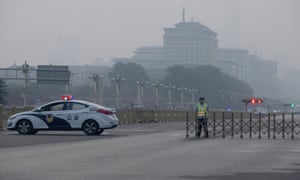
A traffic warden and police vehicle block the road leading to Tiananmen Square. Photograph: Ng Han Guan/AP
Foreign journalists were not allowed to enter the square. Plainclothes police blocked reporters from taking photos by opening umbrellas in front of them.
China has issued few statements about the Tiananmen crackdown, which is largely omitted from history books. Official media on Tuesday made no mention of the anniversary, instead featuring articles about Chinese leader Xi Jinping’s promotion of garbage sorting, an environmental campaign, and calls to “remember the mission” of the Chinese Communist party.
In the spring of 1989, after years of increased openness, authorities were confronted with students movements across China, calling democratic reforms, individual freedoms, ending government corruption, and other demands.
After almost two months of protests and division within the senior leadership, officials decided to use force to clear the protests in Tiananmen Square, the centre of the movement. Estimates for the death toll range from a few hundreds to 3,000. A secret UK diplomatic cable released in 2017 put the figure at at least 10,000.
When pushed to comment, officials justify the government’s use of force as necessary for the country’s stability and development. The Chinese economy grew at breakneck speed in the 1990s and 2000s. China’s defence minister, Wei Fenghe on Sunday defended the crackdown as the “correct” policy to end “political turbulence” at the time.
On Monday, the state-run tabloid Global Times praised the government’s response, calling it a “vaccination” for Chinese society providing “immunity against any major political turmoil in the future”.
Ahead of the anniversary other countries called for China to confront this episode. US secretary of state Mike Pompeo said China must “make a full public accounting of those killed or missing”. China has called Pompeo’s remarks “an affront to the Chinese people.”
EU foreign policy chief Federica Mogherini reiterated the EU council’s statement from 1989, describing the government’s actions as a “brutal repression”. She called on authorities to respect the legal rights of those detained in connection with the 1989 protests as well as those who have tried to commemorate them.
Observers say the 1989 Tiananmen crackdown was a turning point for the country, marking the Chinese leadership’s bend towards authoritarianism. Under Xi, Chinese civil society has come under even more pressure.
Dozens of activists have been detained in the lead up to the anniversary and censorship appears to have ramped up. Restrictions were placed on the “Tiananmen mothers” a group of elderly women whose sons were killed.
On Tuesday, the search terms “Tiananmen” and “6,4,30” in reference to the 30 year anniversary, were blocked on the microblog Weibo. On Wechat, users could not change their usernames.
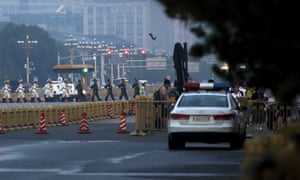
Policemen monitor people as a Chinese honour guard marches across a street after the daily flag raising ceremony at Tiananmen Square. Photograph: Andy Wong/AP
Activists in China said they planned to fast for the day, barred from being able to commemorate the event in any public way. Gao Yu, a journalist who attended the protests in Beijing has been “traveled” away from the city and will be kept under close watch today by security minders. “I can only remember [the students] in my heart,” she said.
In neighbouring Hong Kong, activists are able to commemorate the event with an annual candlelight vigil attracting about 180,000 people.
“The whole of China is silenced, and we have a window, or a loudspeaker for that in Hong Kong, to tell the world what happened,” said Chauk-Yan Lee, a former legislator who was in Beijing at the time of the crackdown.
“I heard the gunshots, and saw the tanks rolling in, the rickshaws taking injured people,” said Lee, who was a labour organiser in 1989. “The next day I went to the hospital. I saw bodies stacking up in side. It went from high hope to despair for me,” he said.
“When I came back from Beijing 20 years ago, people told me to make sure you tell the world the truth,” he said.
On Tuesday, activity around Tiananmen Square appeared normal. Tourists holding umbrellas to block the sun made their way to the main square, a historical site. Groups of students followed their teachers in neat lines. Souvenir shops were open, selling memorial plates featuring Mao Zedong’s face.
Despite the censorship, some Chinese citizens have found ways to mark the day, posting poems, images, or songs. One user posted a photo of himself standing in front of Mao Zedong’s portrait, which faces Tiananmen Square, in the early morning hours. “Tomb sweeping,” he wrote, a reference to a Chinese tradition of honouring the dead.
Others users posted an essay by famous Chinese writer, Lu Xun, in 1933, remembering a group of young writers and activists who had previously been killed by government forces. Users posted: “The night is long, the road is also long. It’s better I forget, not to mention it. But I know that even if it weren’t for me, there will always be someone who remembers them.”

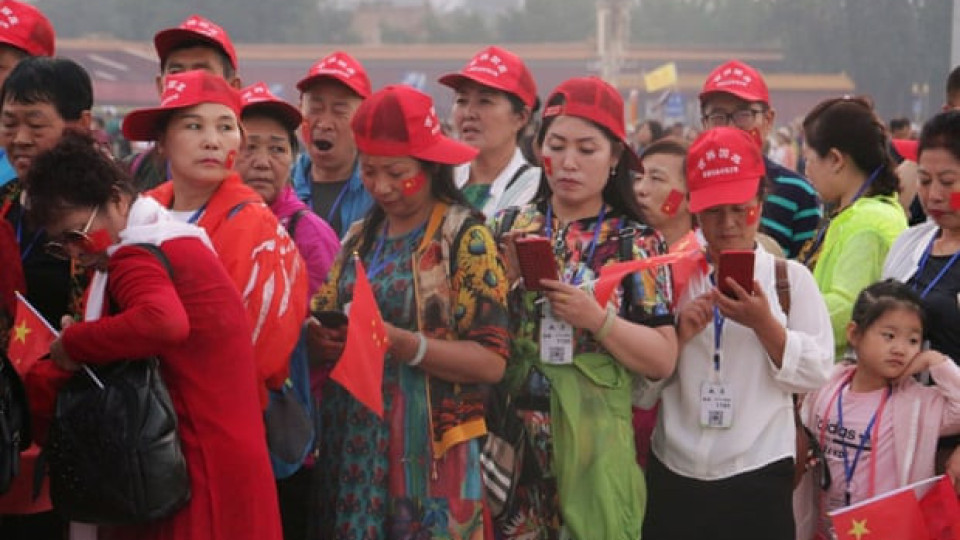
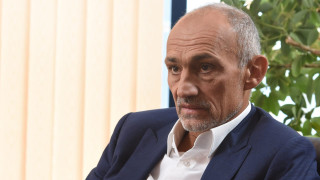
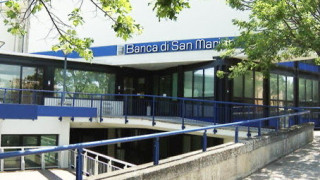
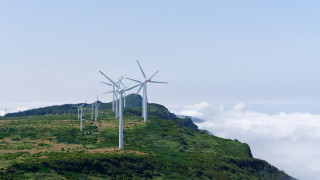
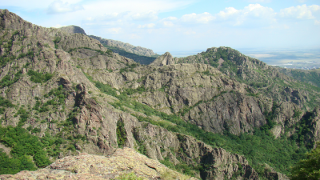
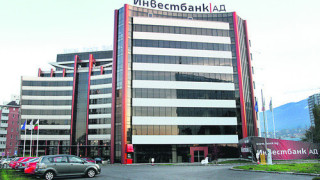
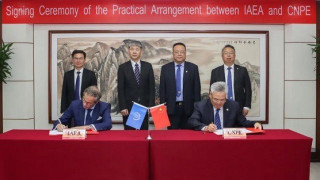

Leave a comment